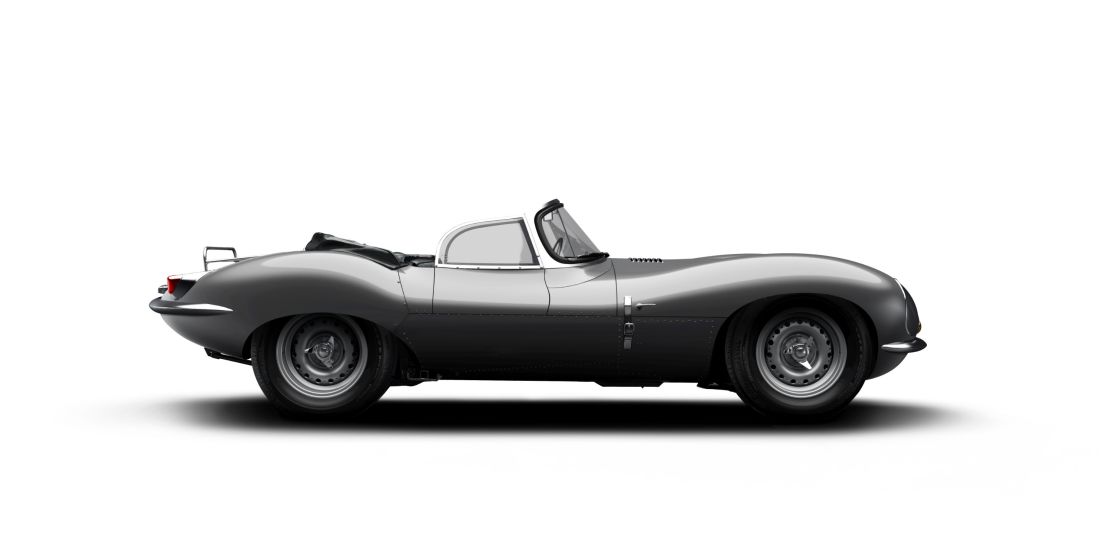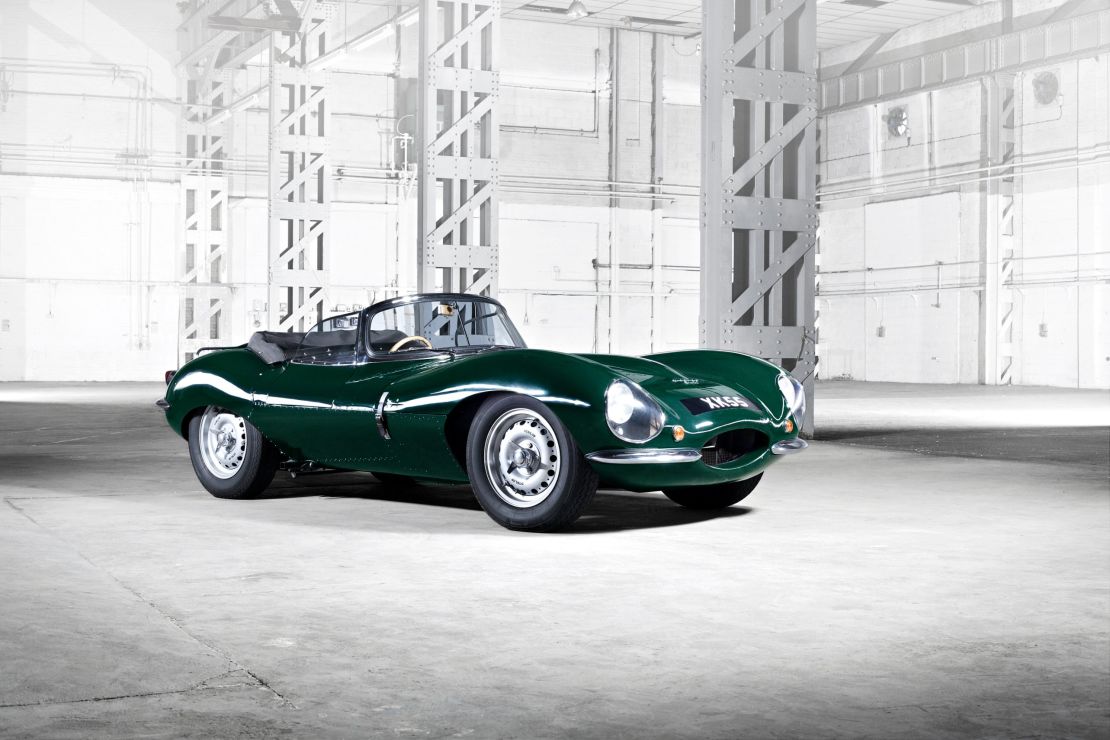Editor’s Note: John McIlroy is the deputy editor of Auto Express and Carbuyer.
Story highlights
British car maker Jaguar is reviving its classic XKSS model
The model was produced between 1955 to 1957
Production stopped due to a factory fire, in which nine cars were destroyed
The global car industry exists on new products: the constant promise that new is better, bigger, faster, more luxurious and more efficient. But increasingly, brands with history are learning that there’s money to be made from the past as well.
At the 2016 New York Auto Show, the British brand announced it intends to finish off a project that first started 60 years ago, by resurrecting its legendary XKSS model.
A machine worth millions

The XKSS was a swoopy two-seater, a road-legal version of the D-Type that won the famous Le Mans 24 Hours endurance race three years in a row between 1955 and 1957.
Jaguar intended to build 25 examples of the car but on 12 February 1957, a fire broke out at the company’s Browns Lane factory in Coventry, England, destroying nine of the XKSS chassis.
Read: Qatar’s first homegrown supercar feels the heat for its distinctive design
With no parts to hand and an understandable desire to focus on getting factory back up to producing its mainstream models, Jaguar quietly drew a line through the project.
In total, just 16 cars were produced, sold mainly in the United States. The most famous owner was Steve McQueen, who bought a secondhand XKSS, sold it to casino owner William Harrah, and then paid him double the initial amount to get it back a few years later.
These days, the bill for a genuine XKSS would be pretty eye-watering. Most of the 16 original cars still exist, but if a tidy one were to fall under the hammer at the right auction, it could fetch $5 million or more.
A car from a different era

Jaguar Land Rover Classic has announced it will make the remaining nine chassis, starting with number 17 and working upwards. The cars will be called “continuation” XKSS – woe betide anyone who suggests they’re a replica – and the price will be “more than a million pounds” (so at least $1.6 million.)
Read: Meet the next “world’s fastest supercar”
But building a ‘new old’ car brings its challenges - not least the task of creating an immaculate vehicle without making it a little too good. Even with the original drawings to hand, Jaguar Land Rover Classic had to laser scan existing XKSSs to get the nuances right.
“We had a couple of cars in the laboratory for two weeks, and they were completely different,” says JLR Classic boss Tim Hannig with a grin. “Even on the same car, the right side wasn’t the same as the left side. Everything was all over the place, really, because they were made in a different era.”
Read: Celebrating the 50th anniversary of the Lamborghini Miura
And that’s the key: Buying a continuation XKSS and you’ll be getting a classic vehicle built with modern understanding.
“The panel gaps still won’t be as tight as they are on a modern car,” says Hannig, “but we can promise they’ll be consistent. And we know that the build on number 17 will be exactly the same as it is on car 25. That just isn’t the case with the original vehicles.”
A demonstration of expertise
It seems an enormous amount of trouble for the satisfaction of a handful of incredibly wealthy enthusiasts. But there’s a bigger picture at play.
“Projects like the XKSS are our lighthouse vehicles,” says Hannig. “They demonstrate our expertise. When we built the lightweight E-Type, we proved that nobody else on the planet knows more about that car than us. When we do the XKSS, we’ll be able to say the same for that car and the D-Type it is related to.”
The goal, then, is to establish Classic’s credentials as the go-to facility for anyone with a period Jaguar or Land Rover that needs restoration.
“That side of our business is growing, and it needs to grow more,” says Hannig.
In that respect, Jaguar is following the likes of Ferrari and Lamborghini in tapping into well-heeled clients who are willing to pay good money to have the factory itself look after their cherished classic.
Read: This is what a Porsche sounds like
It brings in money, of course, but also ensures that the history is protected. Nurturing the heritage of the brand isn’t as important as coming up with the next great SUV or executive saloon. But it clearly plays its part.






